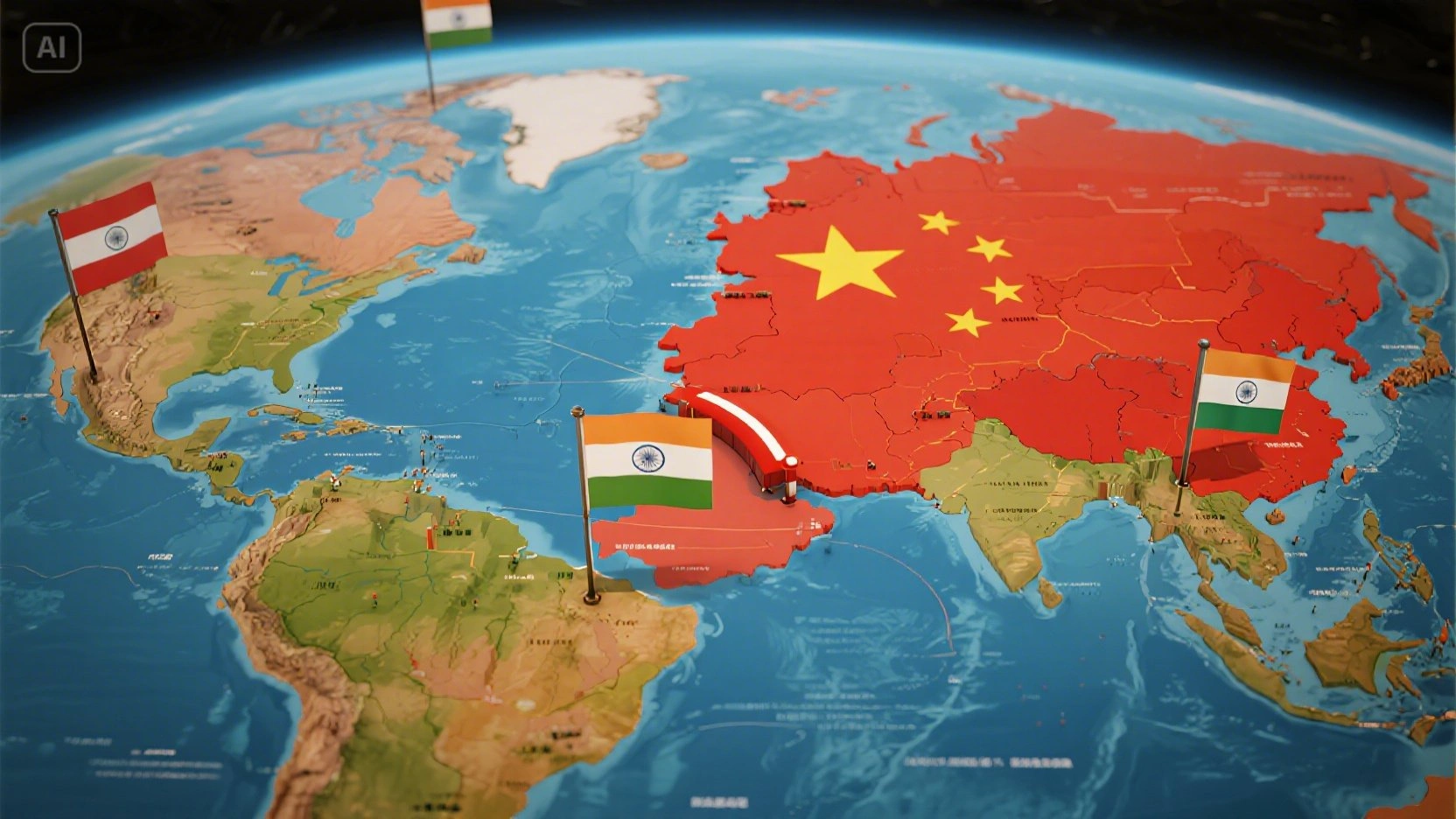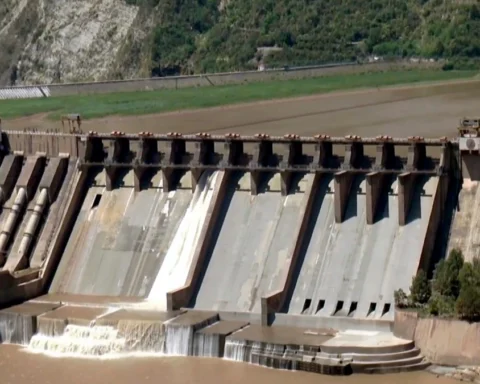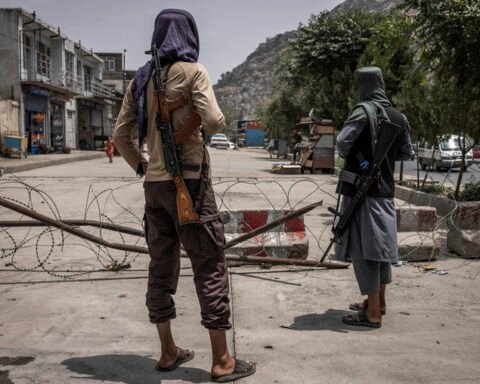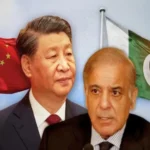India has always had a dream of becoming a regional powerhouse in South Asia based on its geographical location, economic booming and democratic principles as well as acquiring military capabilities. Nonetheless in despite of commendable success in improving infrastructure modernizing the military and making diplomatic in roads India as a regional giant has continued to experience major heady winds in its drive. Out at the top of this list is the aggressive and orderly emergence of China whose increasing role and presence in the South Asian region as well as the overall Indo-Pacific region would have a profound impact on the interests of India. The strategic approach by China characterized by its infrastructure authority, economic incentives, military innovation and collaboration with the nearby nations has been successful in dissolving the strategic paradigm of India. India has its own short comings to challenge its capacity to dominate due to bureaucratic lethargy, inefficient procurement mechanisms, political weaknesses in the region and financial restrictions. The shifting power dynamics are very relevant when it comes to not only the regional leverage that India holds but it is also very relevant in many aspects to the geopolitical balance around Asia.
China does not modernize its military with an incremental and reactive approach in mind instead the military modernization in China is transformative, integrated and strategic with long term perspectives. Massive investments in new sophisticated weaponry, the artificial intelligence, cyber warfare and a growing navy have all propelled China to the status of a global military force no longer. Complemented by such trends such as the Belt and Road Initiative (BRI) and infrastructure-based diplomacy these improvements enable China to leverage its economic power in geopolitical terms. South Asia is no exception to that phenomenon In Sri Lanka and Pakistan, there are ports being developed by China, in Nepal, Bhutan and Bangladesh. It is corridors in infrastructure development being built there by China. Compared to this India has a weak neighborhood outreach with little financial muscle, timing or strategy behind it. This has even led to China overshadowing India with respect to its place in the region, and therefore New Delhi is most often than not on the prowl and in the defense and reactive form of foreign policy.
China-Pakistan-Afghanistan Axis
Possibly the most far-reaching part of the Chinese strategy toward the region has been to become structurally aligned with Pakistan and more recently with Afghanistan. One of the BRI projects The China-Pakistan Economic Corridor (CPEC) has even further raised the China-Pakistan partnership to strategic new levels that also directly reflects on the western front of India. Alignment has been more than economic they are now linked into military and intelligence cooperation, joint exercises and arms allotments. Another twist in this triangular entente is the increasing role of China of late in Afghanistan especially since the American leave was withdrawn. To the current government in India this has amounted to a strategic set back since India has traditionally spent a lot on infrastructure and civil society in Afghanistan. The formation of a China-Pakistan-Afghanistan triangle does not only limit India access and influence in Central Asia, but it also hinders the Indian calculus regarding its western security. The result of all this positioning has been a huge weakening of India in its geopolitical standing in countries where it used to have a fair say.
Indian Defense Bottlenecks increase the Ditch
Although it has been spending more money and there has been political interest in improving defense reform the military technological modernization in India is still under a problematic burden of bureaucracy, slow purchase processes and budgetary limitations. There is a big disconnect between reality and planning and subsequently some areas have been enhanced although to a small amount when compared to the larger and faster advances China has undertaken. In addition to receiving more funds the People Liberation Army (PLA) is more maneuverable in absorbing cutting edge technologies taking advantage of domestic industrial capability and military development that reflects national strategy. On the contrary India remains dependent on imported weaponry which could be multisource making interoperability and logistics very difficult. This type of strategic disadvantage undermines the credibility of the deterrence of India particularly when it is gauged by the assessment of the collective and autonomously strengthened military industrial complex of China.
China has made a qualitative advantage to the self sufficiency in strategic military technologies that are quickly morphing the balance of strategies. Whether it is hypersonic missile development, autonomous underwater vehicles, integrated cyber-defense teams’ induction of artificial intelligence into warfare competencies etc., China is already moving way ahead of the simple engagements that India may be presently making in these respective fields. The dual use focus in China especially in the fields of satellite navigation drone warfare and quantum computing further expands the divide and the force-on-force comparison is becoming increasingly outdated. In the case of India closing the gap in such high technique spheres would neither be possible without big financial investments nor without profound structural changes in the field of research, development and military doctrine which is not likely to be achieved within a short period. This increasing asymmetry puts India in a strategic disadvantage particular in situations where there are multi domain actions where the technological advantage of China can be significantly utilized.
Straits of Indo-Pacific and Naval Aggression
The Indo-Pacific has become another troubled ground of geopolitical rivalry and in this context also the conduct of China has limited the freedom of movement of India. The aggression in the South China Sea by China, building of islands with military capabilities and its growing influence in the Indian Ocean through its hegemonic naval capacities has strengthened the maritime power of Beijing. Though India has tried to enhance its interactions through QUAD and maritime cooperation with the United States as well as Japan and Australia, these associations are still in their infancies and are not compact enough to form a formal alliance. In the meantime, even as India continues to interact with China, the latter is using its expanding naval infrastructure such as bases in Djibouti and Gwadar, to exert its power in closer proximities to Indian shores. The ability of Beijing to project its interests even into the blue water right up to the strategic Indian Ocean is spreading the net of Indian gambit and strategic capability to provide net security in the Indian Ocean challenging its desire to bring itself in the zone of strategic military capabilities. Therefore, India ends up reacting to the Chinese actions instead of being the maker of the maritime agenda.
Disclaimer: The views and opinions expressed in this article are exclusively those of the author and do not reflect the official stance, policies, or perspectives of the Platform.







